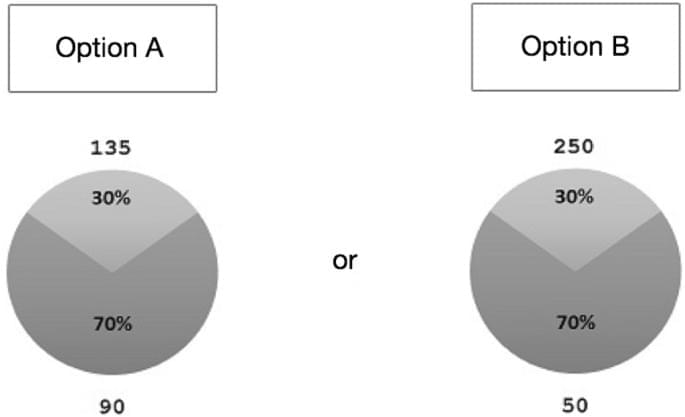Although these studies collectively suggest that the DLPFC plays a major role in making risky choices, a question remains as to whether its activity mediates risky choice via probability weighting, via marginal utility (value) of monetary outcomes, or both.
In the present study we causally address the hypothesis that the DLPFC is involved both in the subjective valuation of a monetary reward and in probability weighting. The hypothesis was not preregistered but was formulated prior to the collection of the data. The hypothesis was well grounded in the existing literature on the role of DLPFC in risk taking. Several previous studies mentioned the possible role of the lateral PFC in separate components of choice under risk, such as reward magnitude, reward probability, and expected value14,25,26. However, previous studies including those exploring causal role of the DLPFC in risky choice with non-invasive brain stimulation were not focusing on the estimation of the risk preference parameters but rather on observing changes purely on a behavioural level. Therefore, in the present study we used an experimental design that is typically employed in economic studies estimating risk preference parameters27. We combined offline repetitive TMS over the left and right DLPFC and sham over the right DLPFC, performed in a randomized and counterbalanced order, with a random lottery pair (RLP) task, which is widely used in economics to estimate the degree of risk aversion as well as the curvature of the probability weighting function on an individual level.
Following offline TMS, subjects completed a computerized task consisting of 96 binary lottery choice questions presented in random order. Using the hierarchical Bayesian modeling approach, we then estimated the structural parameters of risk preferences (degree of risk aversion and the curvature of the probability weighting function) and analyzed the obtained posterior distributions to determine the effect of stimulation on model parameters.
